Downy Skullcap (Scutellaria Incana) – 1 Gallon Pot
$33.97 Original price was: $33.97.$23.78Current price is: $23.78.
SKU: D2LSC 4695075700 Category: PERENNIAL PLANTS
- 7 days return and exchange
- 100% Quality Satisfaction
- Shop with Confidence
- No Compromise on Quality

Downy Skullcap
Sanguisorba officinalis
Other Names: Skull Cap, Hoary Skullcap
Plant Details
USDA Plant Hardiness Zones: 5a-8b (4-9?) Find Your Zone
Plant Type: Perennial
Height at Maturity: 2-3′
Width at Maturity: 18-24″
Spacing: 12-15″ for mass planting or solid border
Spacing: 12-15″ for mass planting or solid border
Growth Habit / Form: Upright
Growth Rate: Moderate to Fast
Flower Color: Violet-Blue shades
Flower Size: .5-1″ in loose racemes 6 inches long
Flowering Period: Late Spring through Summer
Flower Type: Two-lipped, in loose racemes
Fragrant Flowers: No
Foliage Color: Green with White pubescence
Fragrant Foliage:
Berries:
Berry Color:
Sun Needs: Full Sun or Part Shade
Water Needs: Average to Low
Soil Type: Clay (Amend heavy clay to ensure good drainage), Gravelly, Loam, Rocky, Sandy, Silt – poor soils
Soil Moisture / Drainage: Moist But Well Drained to Dry
Soil pH: 5.5 – 6.5 (Acid to Slightly Acid)
Maintenance / Care: Low
Attracts: Butterflies, Hummingbirds, Beneficial Pollinators, Visual Attention
Resistances: Cold Temperatures (-20F), Deer, Drought, Dry Soil, Heat, Rabbits
Description
A delightful North American native, Scutellaria incana, commonly called Downy Skullcap, is a super tough but lovely perennial wildflower that is very easy to grow. It forms a bushy plant to 3 feet tall and 2 feet wide with erect stems topped in racemes of very pretty flowers that the hummingbirds, butterflies and other beneficial pollinators will thoroughly enjoy. Blooming from early summer to early fall each long, tubular, violet-blue to sapphire-blue nectar-rich flower has an entrance with a hood- or cap-like overhang at the top, and a floor with a white pathway that beckons pollinators who might help pollinate the flowers. Aside from feeding on the nectar, pollinators will also enjoy the pollen in the flower for the protein and lipids it provides. The stamens and pistils are hidden under the hood as well so after getting a drink of nectar at the depths the pollinators get some pollen from under the hood. Needless to say, this plant is a pollinators dream plant, and easy to look at too. Downy Skullcap thrives in sun or part sun and prefers a moist but well drained fertile soil but tolerates drought and poor soils. Selected as NC Wildflower of the Year by the North Carolina Botanical Garden.
Interesting Notes: In case you were wondering, downy in the name refers to the minute white hairs on the leaves and stems of the plant. As mentioned, skullcap in the name refers to how each long tubular flower has an entrance with a hood- or cap-like overhang at the top.
Landscape & Garden Uses
Growing 24 to 36 inches tall and 18 to 24 inches wide, Downy Skullcap is ideal for use as an accent in smaller garden spaces or container gardens or in groupings or as a border in larger spaces. A fine addition to perennial gardens, butterfly and pollinator gardens, hummingbird gardens, cottage gardens, meadow gardens, English gardens, native gardens, blue or purple themed gardens, rock gardens and the Xeriscape (low water needs).
Spacing suggestions: 18″ for groupings, mass planting or solid border; 48 inches apart for space between plants
Growing Preferences
Downy Skullcap is exceptionally easy to grow in most any moist to dry well drained soil of average to low fertility and full sun to part sun. In low deserts this plant prefers some afternoon shade, but does great in full sun at higher elevations. We suggest at least 4 hours of direct sunlight for best flowering. When growing in a container make sure to use a pot with a hole(s) at the bottom and a quality potting soil or potting mix, or a 50/50 mix thereof. Maintenance is minimal. In colder areas plants might need a good hard pruning in the spring to remove frost-damaged foliage.
Plant as you would Salvia…
How To Plant Salvia
Plant Long & Prosper!
Meet The Wilson Brothers & Staff
Questions? Contact Us!
Be the first to review “Downy Skullcap (Scutellaria Incana) – 1 Gallon Pot” Cancel reply
Related products
New
PERENNIAL PLANTS
New
PERENNIAL PLANTS
New
PERENNIAL PLANTS
Rose Mallow Hardy Hibiscus (Hibiscus Moscheutos) – 1 Gallon Pot
New
PERENNIAL PLANTS
New
New
PERENNIAL PLANTS
Confederate Rose Hibiscus (Rose Mallow) – 6 Pack Of Quart Pots
New
PERENNIAL PLANTS
New
PERENNIAL PLANTS















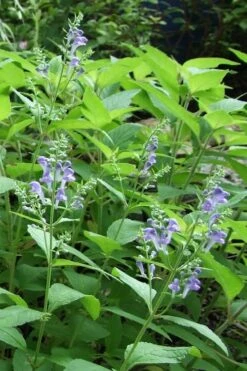

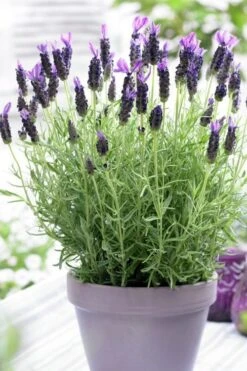
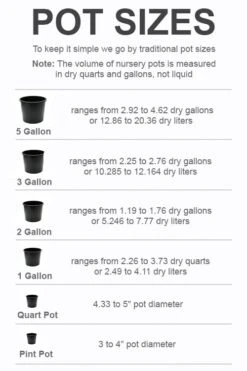
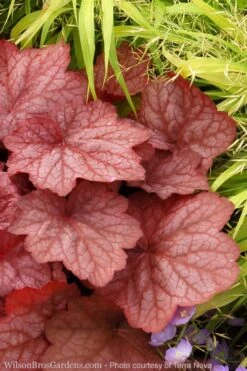



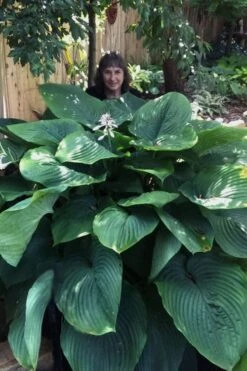
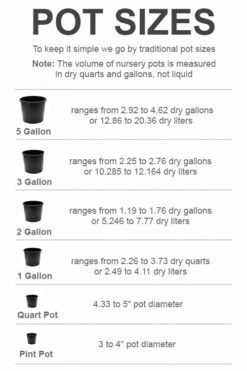

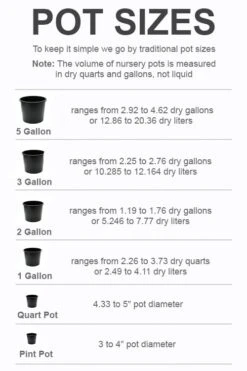

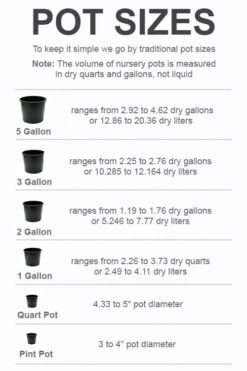
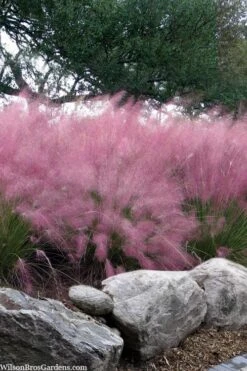

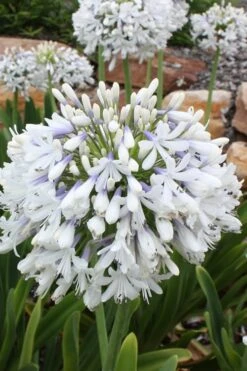

Reviews
There are no reviews yet.